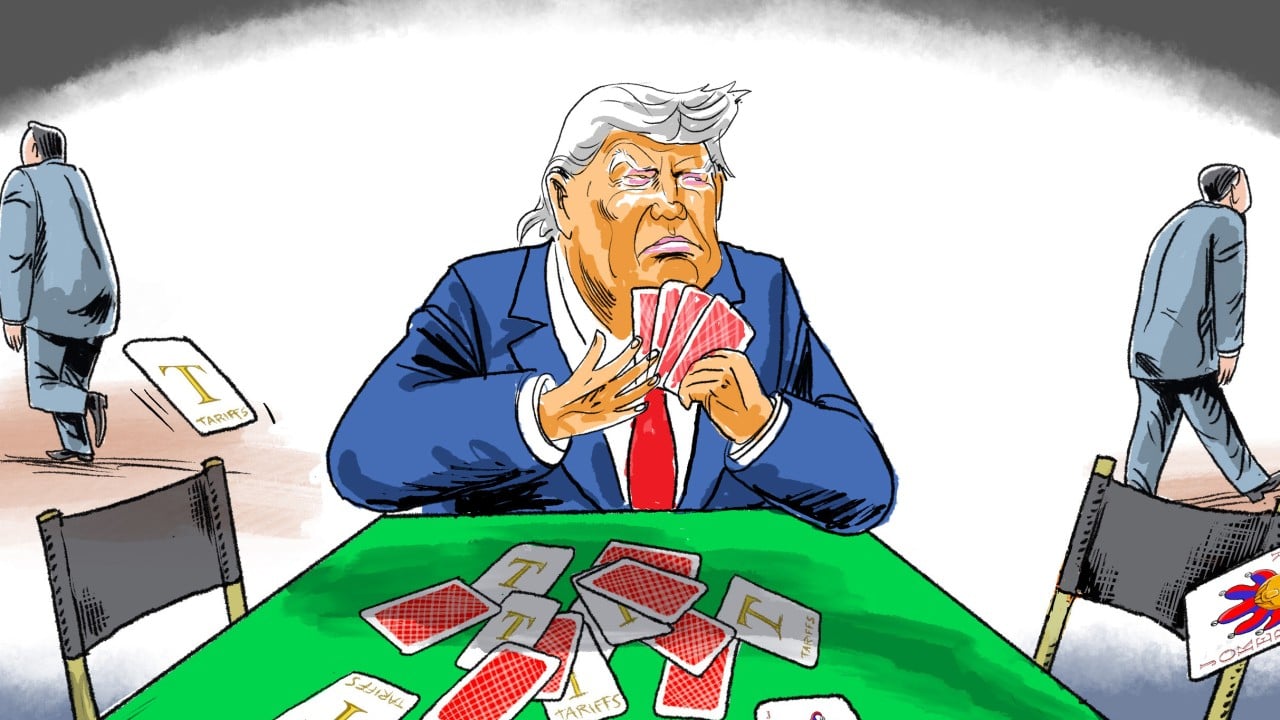The conclusion of US President Donald Trump’s 90-day window for reciprocal tariff negotiations has arrived with more of a whimper than a bang. Letters have been delivered to 14 trade partners, basically reconfirming the April tariff levels or making slight adjustments, and then extending the negotiating deadline to August 1. To date, the total number of trade deals concluded stands at two – with Vietnam and Britain – not including the “framework” agreement with China.
Advertisement
As the negotiations unfolded, the Trump administration progressed through three distinct phases in its approach. Trade partners, certainly including China, are watching closely.
Initially, the White House said countries were lining up to make deals and confidently asserted it could conclude “90 deals in 90 days”.
As the impossibility of such a feat became evident, the administration moved on to its second phase: a certain number of agreements – variously described by different officials as somewhere between 10 and 20 – would be concluded within the 90-day period and the remaining countries would simply be informed of the reciprocal tariff that would be assessed when the negotiation clock ticked down.
As the July 9 deadline grew closer and negotiations proved to be more difficult – and partners less compliant – than perhaps anticipated, Team Trump arrived at its third phase: rather than achieving finalised agreements with some countries, the US would instead secure “phased deals”.
Advertisement
These are bare-bones “in principle” agreements that establish a framework for what a subsequent agreement could look like. An additional twist was added to this third phase: for those countries deemed to not be negotiating in good faith, the final tariff level could exceed the reciprocal tariff level (in some cases, upwards of 50 per cent) announced in April.

